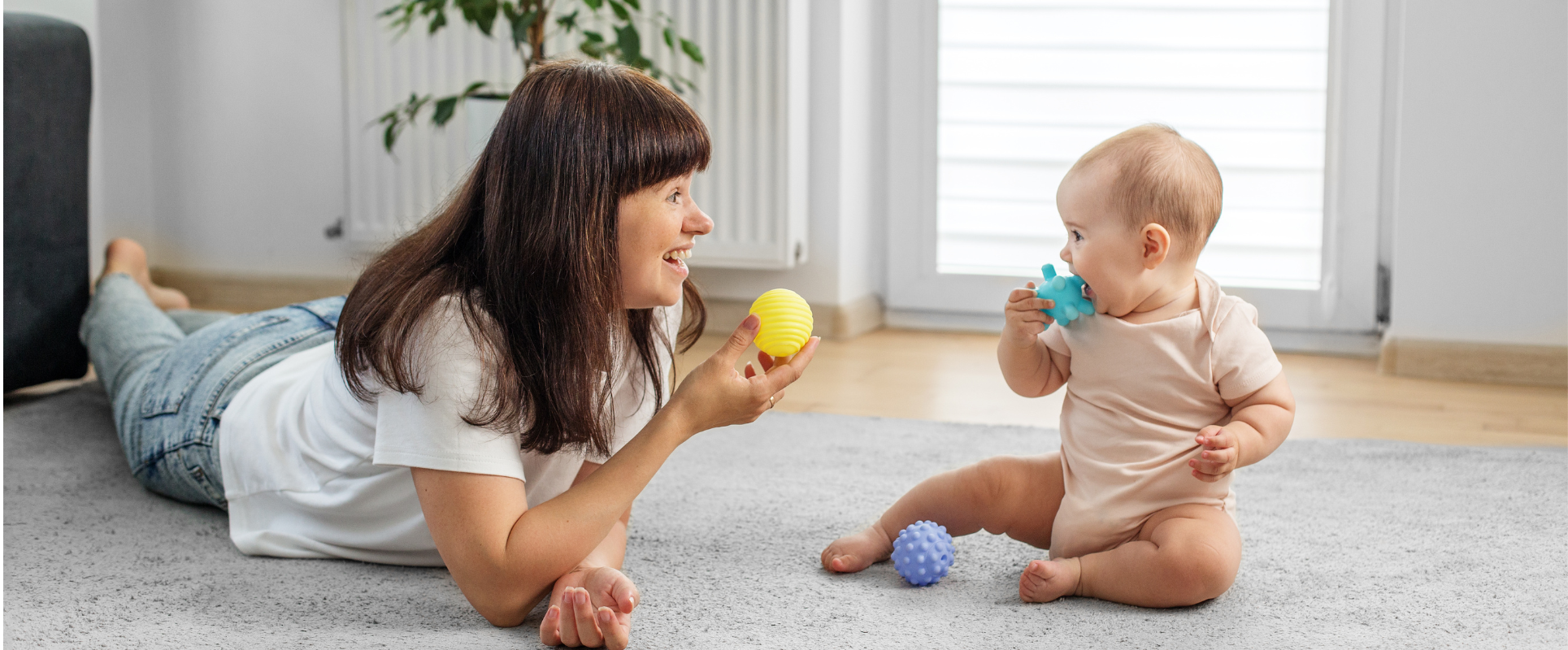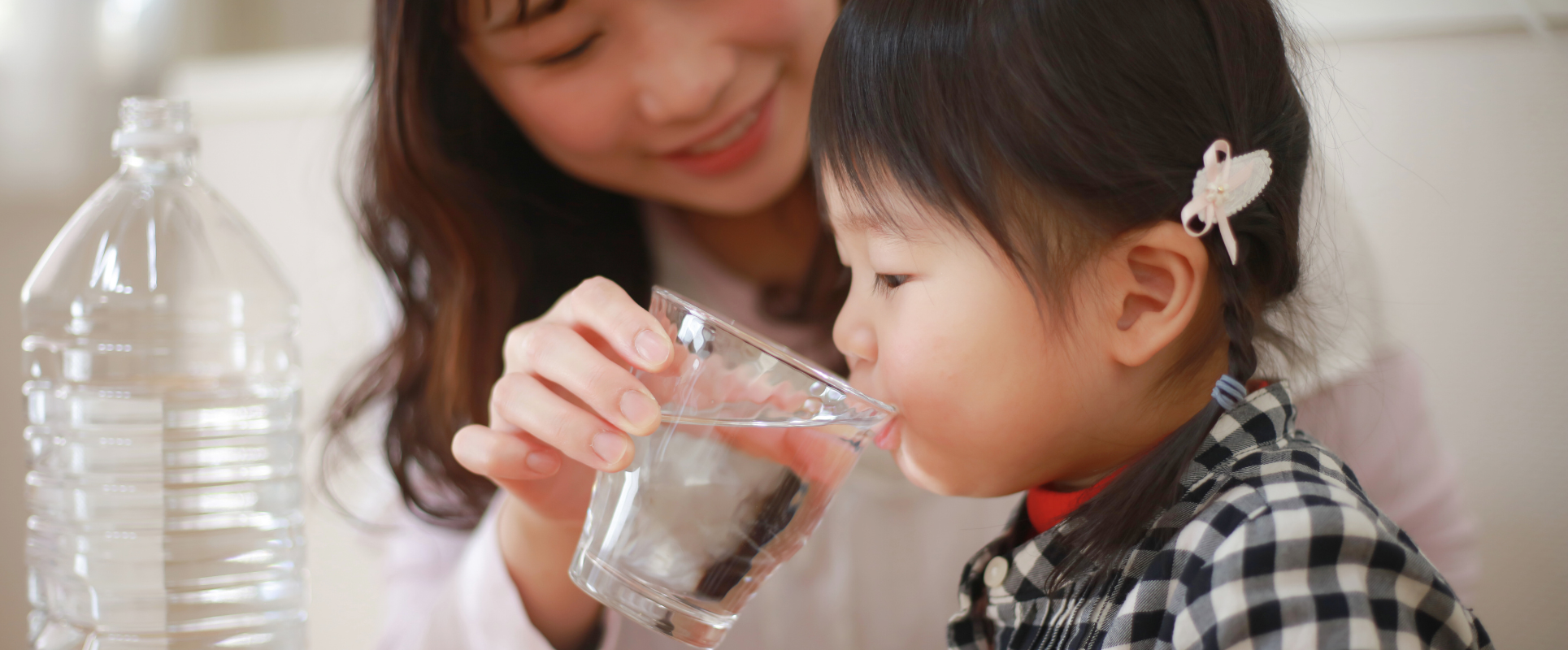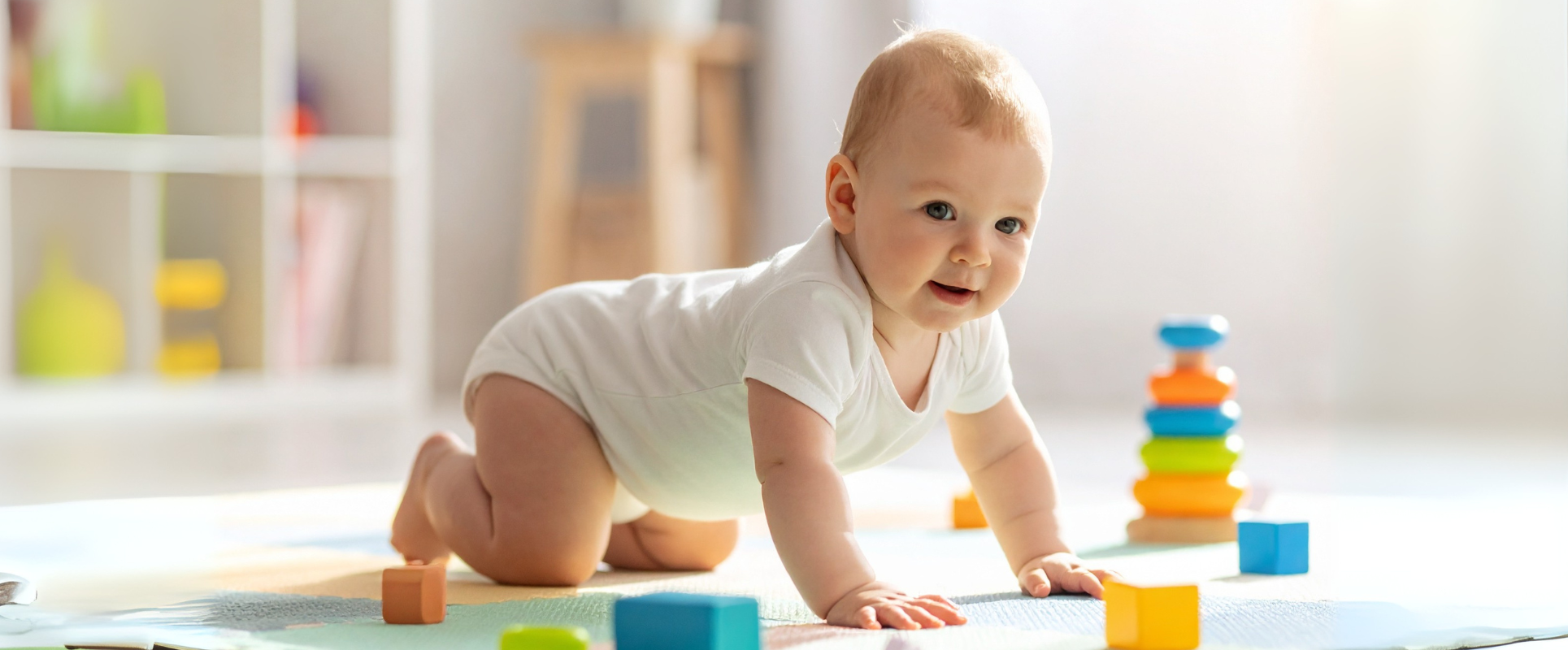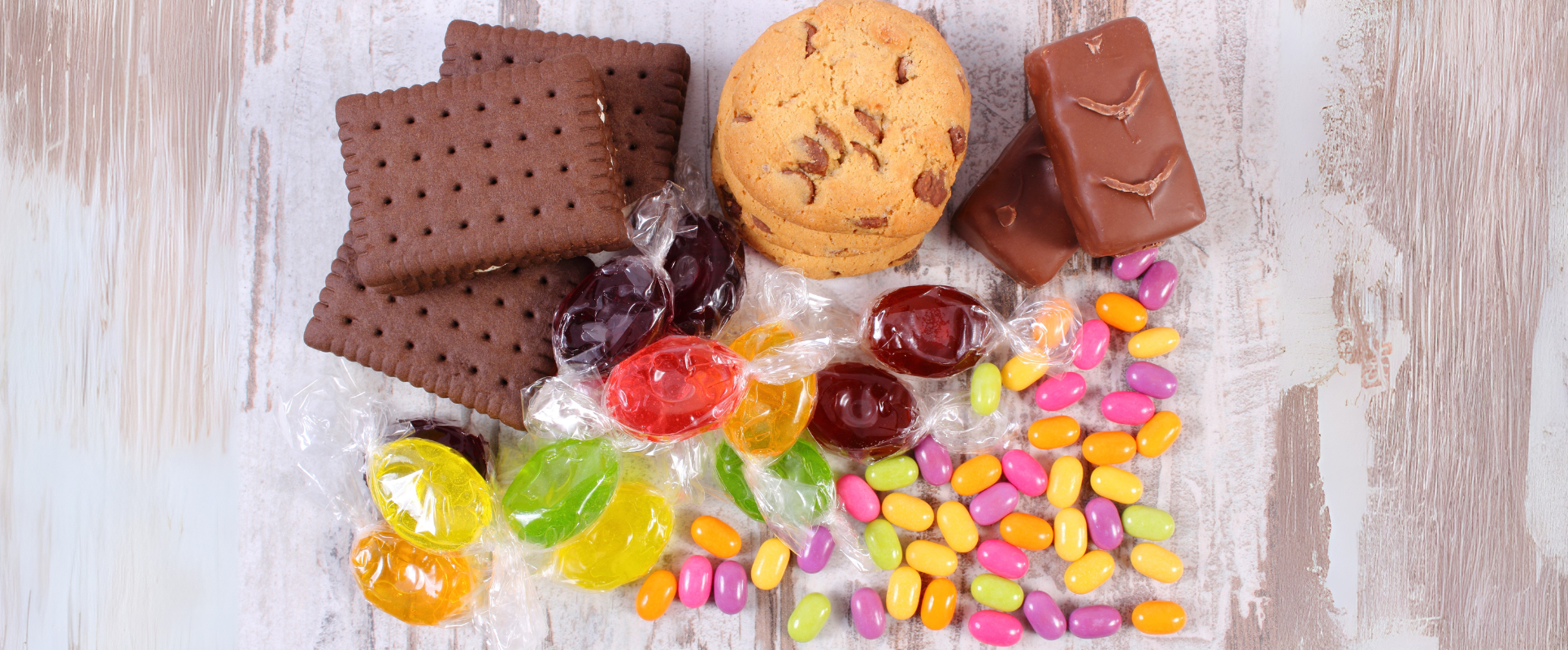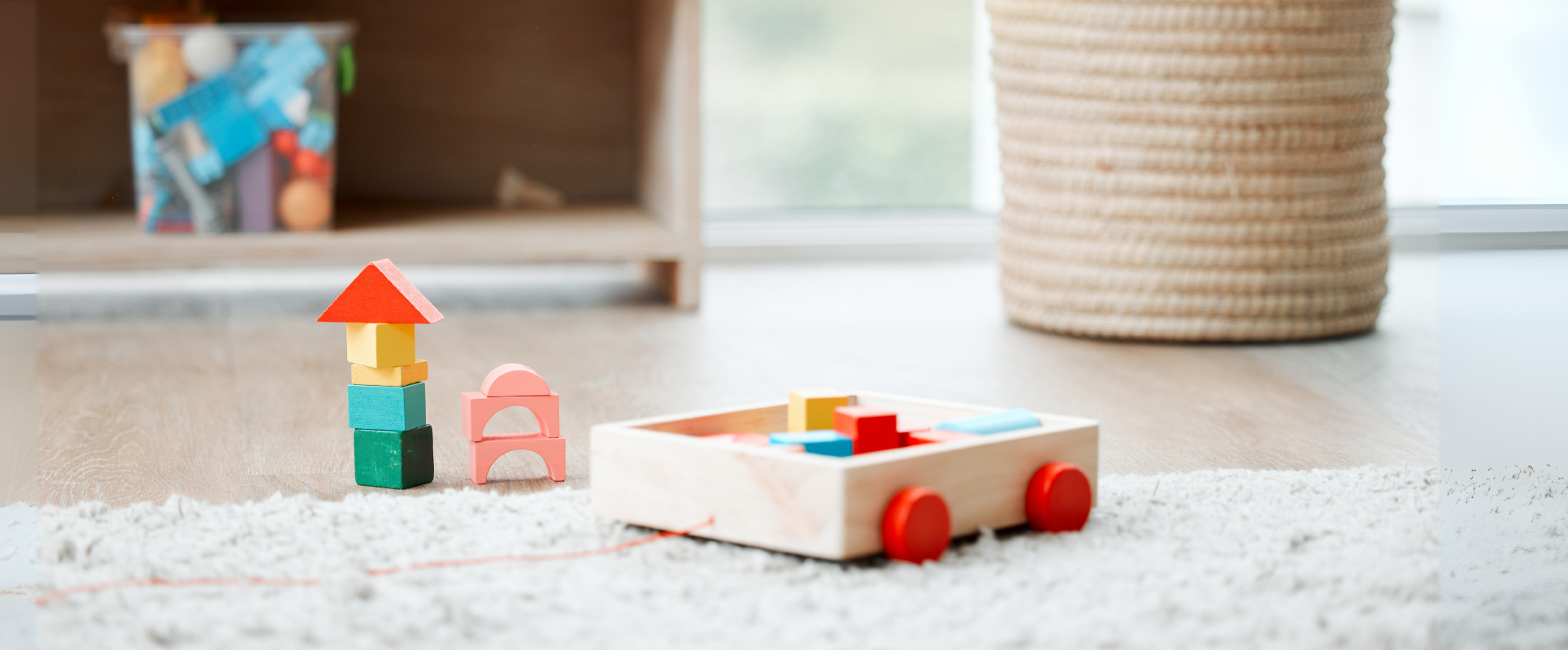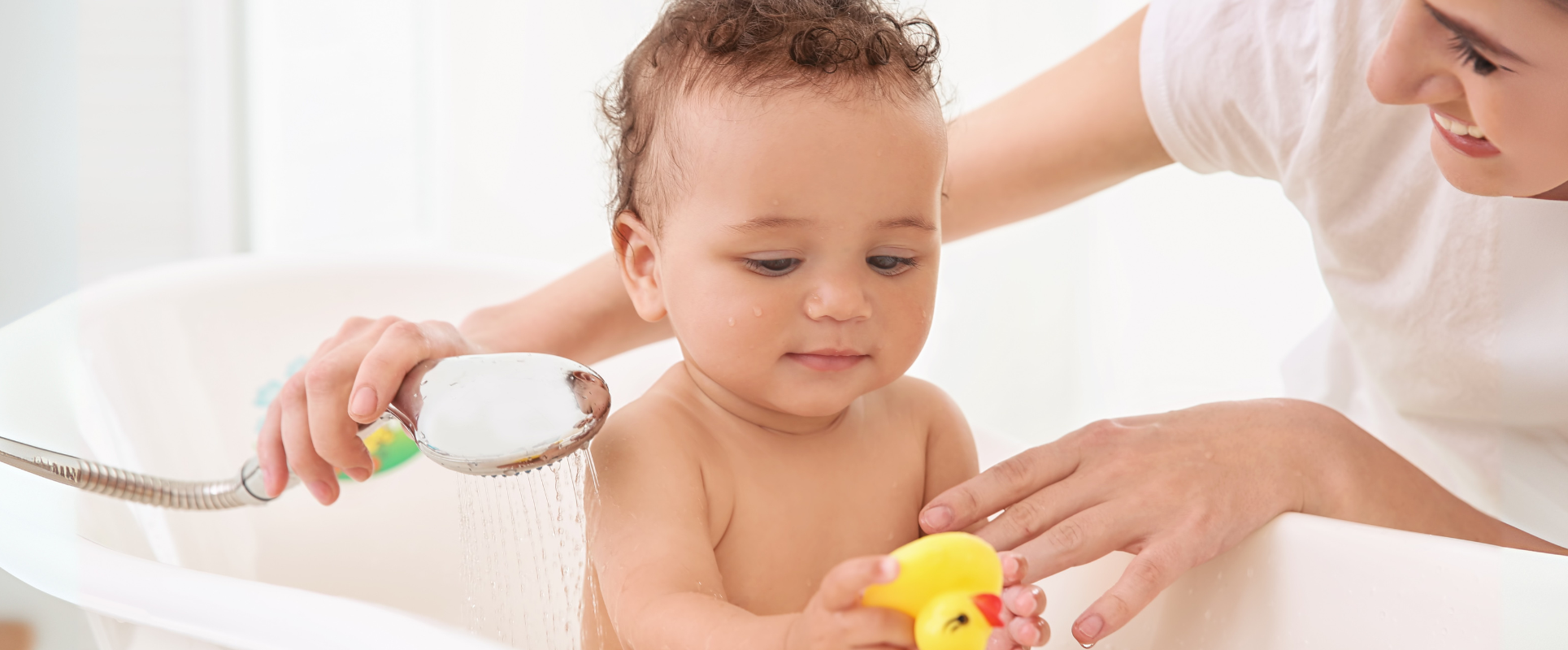
How to Bathe and Clean Your Baby Properly Without Causing Dry Skin
Why Bathing Matters for Baby’s Skin Health
Your baby's skin is thinner and more delicate than adult skin, making it more prone to dryness, irritation, and eczema. Bathing is not only a bonding moment but also an important part of hygiene and skin health. However, improper bathing routines—such as using harsh products or bathing in hot water—can strip away the skin’s natural oils and disrupt its protective barrier.
Let’s explore gentle steps to ensure your baby stays clean, soft and protected.
1. How Often Should You Bathe Your Baby?
-
Newborns (0–2 months): 2–3 times per week is enough.
Focus on top-and-tail washing (face, neck folds, diaper area) daily. -
Older babies (3+ months): 3–4 times per week or as needed.
More frequent baths may be needed in hot weather or after messy play.
Note: Overbathing can dry the skin. It’s okay to clean hands, feet and diaper area daily without a full bath.
2. Ideal Water Temperature
Use lukewarm water: around 37–38°C (98.6–100.4°F).
Check with a bath thermometer or your elbow—water should feel comfortably warm, not hot.
Avoid hot baths, which strip away protective skin oils and increase risk of dryness and irritation.
3. Choose the Right Baby Cleanser
Avoid adult soaps or scented body washes. Instead, look for:
-
pH-balanced (around 5.5)
-
Tear-free
-
Fragrance-free or naturally scented
-
Formulated with gentle, plant-based ingredients
Ingredients to look for:
-
Chamomile, calendula – soothing
-
Oat extracts – moisturizing
-
Aloe vera – calming
Ingredients to avoid:
-
Sulfates (e.g., SLS, SLES)
-
Artificial fragrances
-
Parabens
-
Alcohols
Recommended by experts: “Use mild, fragrance-free cleansers designed specifically for infants to protect their delicate skin barrier.” – American Academy of Dermatology
4. Keep Bath Time Short
Limit bath time to 5–10 minutes. Long baths—even with gentle cleansers—can lead to water loss through the skin, worsening dryness.
5. Use a Soft Washcloth
-
Use a clean, soft cotton cloth or your hand.
-
Gently wipe skin folds (neck, behind ears, underarms, groin).
-
Do not scrub or rub harshly—baby skin is fragile!
6. After-Bath Care: Lock in Moisture
This step is critical for preventing dry skin.
-
Pat (don’t rub) baby’s skin dry with a soft towel.
-
While skin is still damp, apply a gentle, baby-safe moisturizer within 2–3 minutes.
Choose baby lotions or creams that are:
-
Free of artificial fragrances
-
Hypoallergenic
-
Contain ceramides, shea butter or glycerin
“Moisturizing immediately after the bath is the most effective way to prevent infant skin dryness.” – Dr. Harvey Karp, Happiest Baby Foundation
7. Pay Extra Attention to Skin Folds
Areas like the neck, behind the knees and under the arms trap moisture and can become irritated if not cleaned and dried properly. Always dry these gently and keep them moisturized to prevent chafing or rashes.
8. Special Tips for Dry or Sensitive Skin
-
Use colloidal oatmeal bath once a week for soothing itchy, dry patches.
-
Dress baby in loose, breathable cotton clothes.
-
Use a humidifier in dry climates or during winter to maintain skin hydration.
-
Consider switching to fragrance-free laundry detergent.
Common Mistakes to Avoid
|
Mistake |
Why It’s Harmful |
|---|---|
|
Bathing too often |
Can lead to dry, irritated skin |
|
Using adult soap |
Too harsh, disrupts baby’s skin pH |
|
Skipping moisturizer |
Missed chance to lock in hydration |
|
Hot water or long baths |
Strips natural oils |
|
Rubbing with rough towel |
Can cause microtears and irritation |
Final Takeaway
Bathing your baby can be a joyful routine—just make sure to do it gently, use the right products, and moisturize afterward. These simple steps go a long way in protecting your little one’s skin from dryness and discomfort.
References
-
https://www.healthychildren.org/English/ages-stages/baby/bathing-skin-care/Pages/Bathing-Your-Newborn.aspx
-
https://www.aad.org/public/everyday-care/skin-care-basics/care/newborn-bathing
-
https://health.clevelandclinic.org/bath-safety-tips-for-your-child
-
https://health.clevelandclinic.org/how-often-should-your-kids-take-a-bath-or-shower

